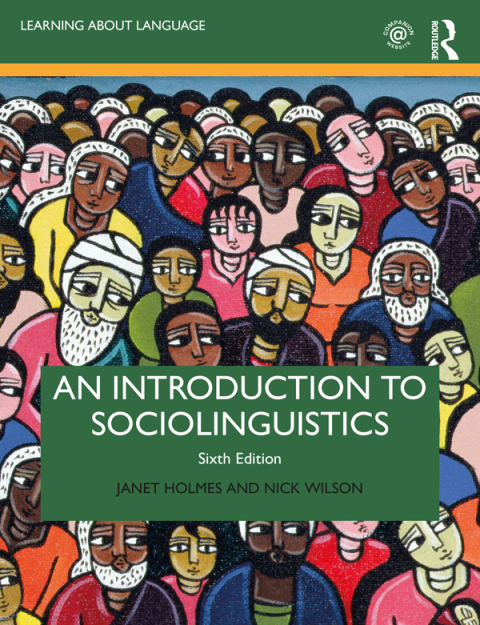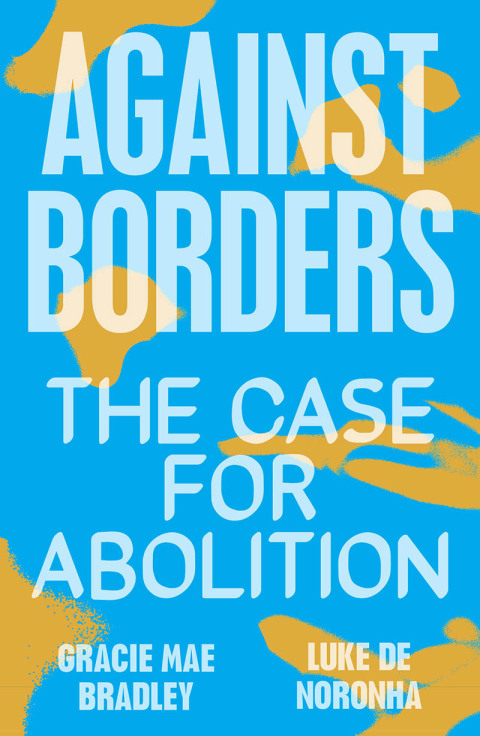Description
Efnisyfirlit
- Cover
- Half-Title Page
- Series Page
- Title Page
- Copyright Page
- Dedication Page
- Contents
- List of figures
- List of maps
- List of tables
- Preface to sixth edition
- Preface to fifth edition
- Preface to fourth edition
- Preface to third edition
- Preface to second edition
- Preface to first edition
- Authors’ acknowledgements
- The online companion
- 1 What do sociolinguists study?
- What is a sociolinguist?
- Why do we say the same thing in different ways?
- What are the different ways we say things?
- Social factors, dimensions, and explanations
- Social factors
- Social dimensions
- The solidarity–social distance scale
- The status scale
- The formality scale
- The referential and affective function scales
- Looking for explanations
- Some guidelines for reading this book
- References
- Part I Multilingual speech communities
- 2 Language choice in multilingual communities
- Choosing your variety or code
- What is your linguistic repertoire?
- Domains of language use
- Modelling variety or code choice
- Other social factors affecting code choice
- Diglossia
- A linguistic division of labour
- Attitudes to H vs. L in a diglossia situation
- Diglossia with and without bilingualism
- Extending the scope of diglossia
- Polyglossia
- Changes in a diglossia situation
- Code-switching or code-mixing and translanguaging
- Participants, solidarity and status
- Topic
- Switching for affective functions
- Metaphorical switching
- Lexical borrowing
- Linguistic constraints
- Attitudes to code-switching
- Translanguaging
- References
- 3 Language maintenance and shift
- Language shift in different communities
- Migrant minorities
- Non-migrant communities
- Migrant majorities
- Language death and language loss
- Factors contributing to language shift
- Economic, social and political factors
- Demographic factors
- Attitudes and values
- How can a minority language be maintained?
- Language revival
- References
- 4 Linguistic varieties and multilingual nations
- Vernacular languages
- Standard languages
- World Englishes
- Lingua francas
- Pidgins and creoles
- Pidgins
- Why do pidgins develop?
- What kind of linguistic structure does a pidgin language have?
- Attitudes to pidgins
- Lifecycle and origins of pidgins
- Creoles
- Structural features
- Functions
- Attitudes
- Origins and endings
- References
- 5 National languages, language policy, and language planning
- National and official languages
- Official status and minority languages
- What price a national language?
- Planning for a national official language
- Form, functions and attitudes
- Case study: Tanzania
- Selecting a code
- Codifying and elaborating Swahili
- Attitudes to Swahili
- Developing a standard variety in Norway
- Selecting a code
- Codification and elaboration
- Acceptance
- Linguistic landscapes in social and political context
- The linguist’s role in language planning
- Codification of orthography
- Developing vocabulary
- Acceptance
- Acquisition planning
- Conclusion
- References
- Part II Language variation: focus on users
- 6 Regional and social dialects
- Regional variation
- International varieties
- Intra-national or intra-continental variation
- Cross-continental variation: dialect chains
- Social variation
- Received Pronunciation: a social accent
- Social dialects
- Standard English
- Caste dialects
- Social class dialects
- Vocabulary
- Pronunciation
- Grammatical patterns
- A note about methodology
- Conclusion
- References
- 7 Gender and age
- Gender-exclusive speech differences: highly structured communities
- Gender-preferential speech features: variationist sociolinguistics
- Gender and social class
- Explanations for women’s linguistic behaviour
- The social status explanation
- Woman’s role as guardian of society’s values
- Subordinate groups must be polite
- Vernacular forms express machismo
- Some alternative explanations
- How are women categorised?
- The influence of the interviewer and the context
- Age-graded features of speech
- Age and social dialect data
- Age grading and language change
- Conclusion
- References
- 8 Ethnicity and social networks
- Ethnicity
- African American Language (AAL)
- Black British English
- Ma—ori English
- New Englishes
- Ethnolects in languages other than English
- Social networks
- Communities of practice and the construction of social identity
- Conclusion
- References
- 9 Language change
- Variation and change
- Post-vocalic [r] – its spread and its status
- The spread of vernacular forms
- Koines and koineisation
- How do language changes spread?
- From group to group
- From style to style
- From word to word – lexical diffusion
- How do we study language change?
- Apparent-time studies of language change
- Language change in real time
- Reasons for language change
- Contact-induced change
- Social status and language change
- Gender and language change
- Interaction and language change
- Conclusion
- References
- Interlude: identity in sociolinguistics
- Sociolinguistics and identity
- Indexicality
- References and further reading
- Part III Language variation: focus on uses
- 10 Style, context, and register
- Addressee as an influence on style
- Age of addressee
- Social background of addressee
- Accommodation theory
- Speech convergence
- How do speakers accommodate?
- Speech divergence
- Stylisation
- Accommodation problems
- Context, style, and social class
- Formal contexts and social roles
- Different styles within an interview
- Colloquial style or the vernacular
- The interaction of social class and style
- Hypercorrection
- Stereotypes, markers and indicators
- Third-wave variationist approaches to the concept of style
- Style in non-English speaking societies
- Register
- Sports commentator talk
- Syntactic reduction
- Syntactic inversion
- Heavy noun modification
- Routines and formulas
- Conclusion
- References
- 11 Speech functions, politeness, and cross-cultural communication
- The functions of speech
- Directives
- Identity construction: a more abstract function of interaction
- Politeness and address forms
- Linguistic politeness in different cultures
- Greetings
- Conclusion
- References
- 12 Gender, politeness, and stereotypes
- “Women’s language” and confidence
- Features of “women’s language”
- Lakoff’s linguistic features as politeness devices
- Interaction
- Interrupting behaviour
- Conversational feedback
- Explanations for gender differences in interaction
- Gossip
- The linguistic construction of gender identity
- The linguistic construction of sexuality
- Sexist language
- Can a language be sexist?
- Conclusion
- References
- 13 Language, cognition, and culture
- Language and perception
- Verbal hygiene
- Whorf: the relationship between language and thought
- Vocabulary and cognition
- Linguistic determinism: the medium is the message
- Grammar and cognition
- Linguistic categories and culture
- The cost of language loss
- Discourse patterns and culture
- Language, social class, and cognition
- Conclusion
- References
- 14 Analysing discourse
- Pragmatics and politeness theory
- What is pragmatics?
- Conversational maxims and implicatures
- Conversational maxims and politeness
- Sociolinguistics, politeness and rapport management
- Ethnography of speaking
- Insiders and outsiders
- Interactional sociolinguistics
- Contextualisation cues
- Miscommunication
- Conversation Analysis (CA)
- Preferred and dispreferred second pair parts
- Conversational feedback
- Interruptions and overlaps
- Keeping just to the text
- Critical Discourse Analysis (CDA)
- Power and CDA
- Ideology and CDA
- Multimodal analysis
- Conclusion
- References
- 15 Attitudes and applications
- Attitudes to language
- Overt and covert prestige
- Attitudes to standard British English and RP
- Attitudes to vernacular forms of English
- African American Language
- Vernacular forms of English: users and contexts
- A note on methodology
- Societal treatment
- Direct measures
- Indirect measures
- Sociolinguistics and education
- Vernacular dialects and educational disadvantage
- Linguistic deficit
- Sociolinguistics and forensic linguistics
- Microaggression
- Conclusion
- References
- 16 Conclusion
- Sociolinguistic competence
- Dimensions of sociolinguistic analysis
- Solidarity/social distance
- Status/power
- Formality
- Function
- Sociolinguistic universals
- Tailpiece
- References and sources
- References
- Appendix: phonetic symbols
- Sociolinguistics: key words and concepts
- Index





